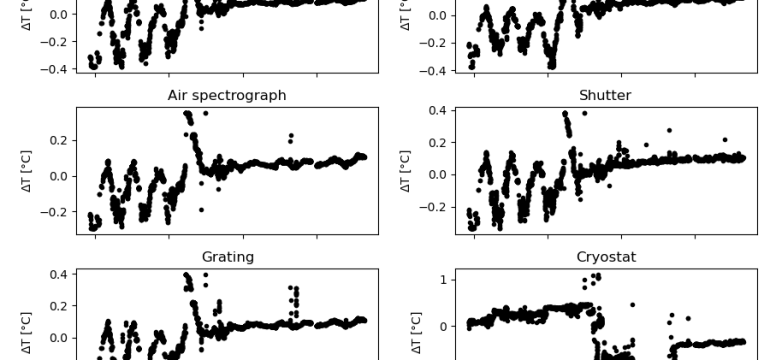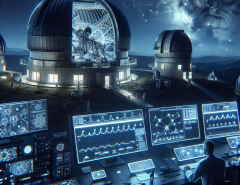Authors: S.Grouffal, A.Santerne, N.C. Hara, I.Boisse, S.Coez, N.Heidari, S.Sulis
Published on: April 26, 2024
Impact Score: 6.8
Arxiv code: Arxiv:2404.17282
Summary
- What is new: A new method for correcting NZP variations in radial-velocity time series using Gaussian Processes and ancillary data.
- Why this is important: Temporal variations in the reference velocity of high precision spectrographs aren’t fully accounted for with current methods.
- What the research proposes: Using Gaussian Processes and ancillary data (like internal pressure and temperature) to model NZP variations and propagate uncertainties.
- Results: Effectively models the red noise of constant stars, improves detection false-alarm probability, and increases detection of small amplitude radial velocity signals by up to 10%.
Technical Details
Technological frameworks used: Gaussian Processes
Models used: Radial-velocity time series correction
Data used: Housekeeping data (internal pressure, temperature)
Potential Impact
Astronomical equipment manufacturers, observatories, space agencies, and related analytical software providers.
Want to implement this idea in a business?
We have generated a startup concept here: AstroCorrect.


Leave a Reply